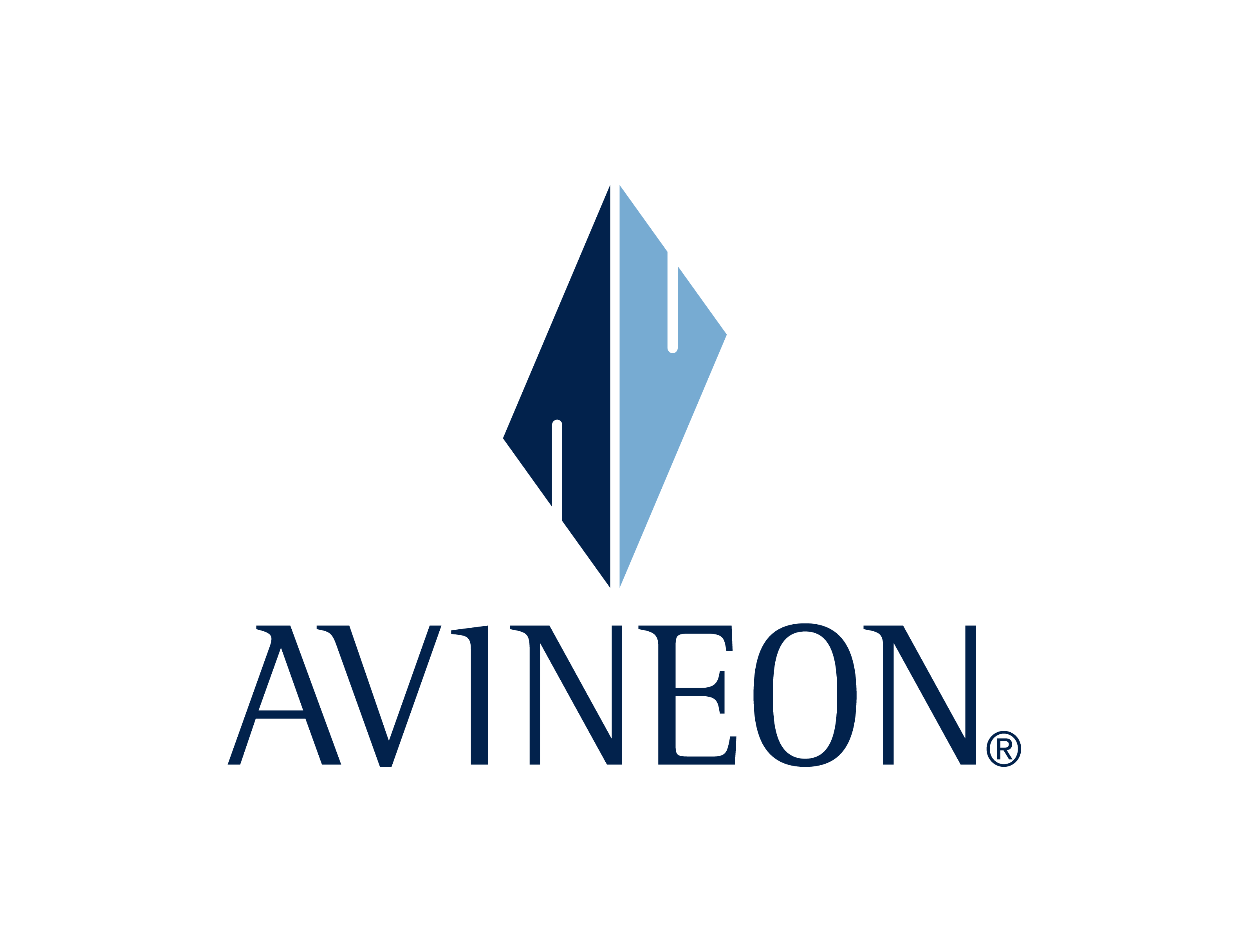Data readiness is a critical aspect of digital strategy. Especially within infrastructure-heavy industries, data associated with physical assets and networks in the field can play an important role in generating revenue, delivering customer satisfaction, and serving communities.
Realigning data lifecycle for sustainable value
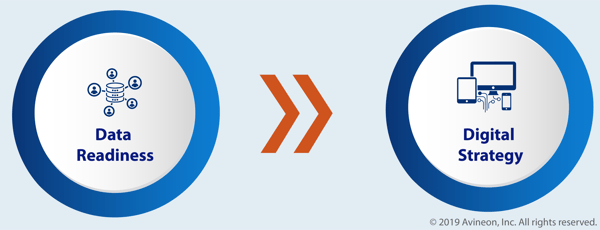
Utility and telecommunication companies managing electric, gas, cable, fiber, wireless, water, wastewater, and stormwater systems have, in many cases, successfully employed Geographic Information System (GIS) technology to build and manage their assets and networks. These GIS implementations typically support a wide variety of business and operational processes delivering significant value to the organization.

Need for Digital Models to Operate Flexible, Resilient, and Connected Networks
Shifts in technology, operating requirements, market conditions, regulations, and other factors provide opportunities for utility and telecommunication organizations to modernize and derive more value from the investments made in GIS.
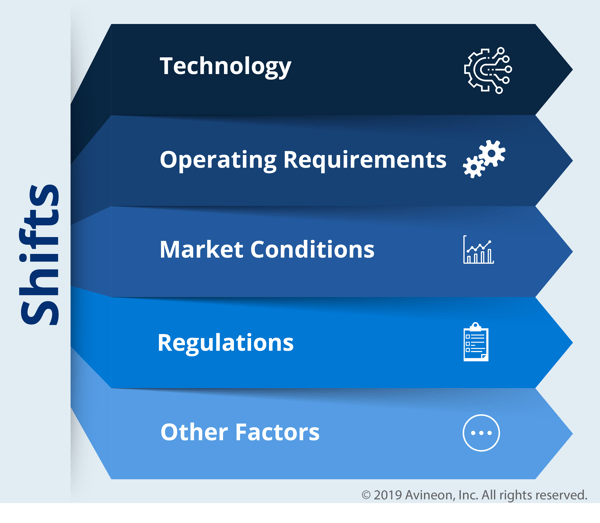
As legacy infrastructure transitions towards smart ecosystems, the data feeds from assets, field workforces, and customer-owned equipment become vital for utilities and telecommunication companies to operate networks in a flexible, resilient, and connected manner systems.

These shifts are driving the need for modernized digital models in GIS that mitigate latency and integrate data efficiently to support business workflows. This need for robust digital models is also on the rise due to the decentralizing paradigm of resource networks across utility and telecommunication industries.
Objectives for Data Readiness
A key objective for many organizations is the expanded use of their GIS platforms by leveraging powerful new capabilities and delivering greater value and experience to their customers, workforce, and communities, as well as improvements in environmental conditions. Implementing such a robust GIS architecture requires accurate, complete, and current data.
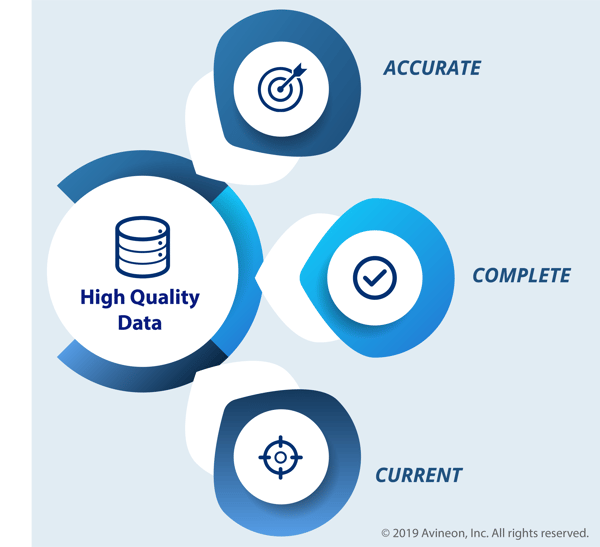
The measurement, identification, collection, assessment, maintenance, and governance of spatial data for its highest and best use results in data readiness for the enterprise.
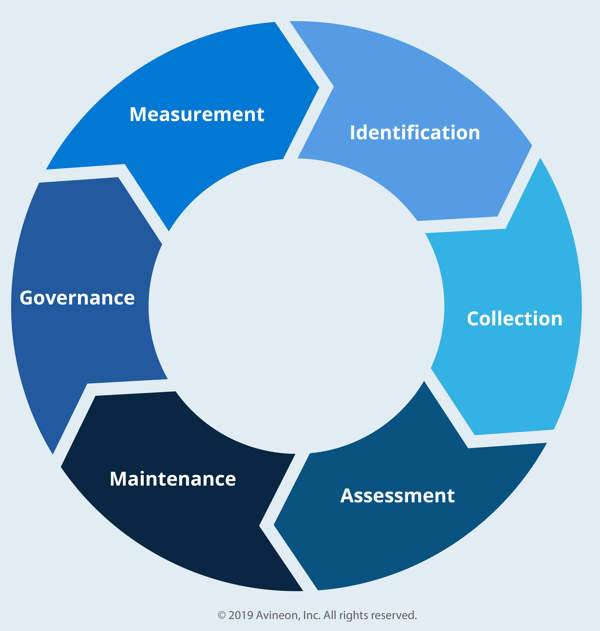
|
The benefits of data readiness include:
|
The lack of data readiness can result in:
|
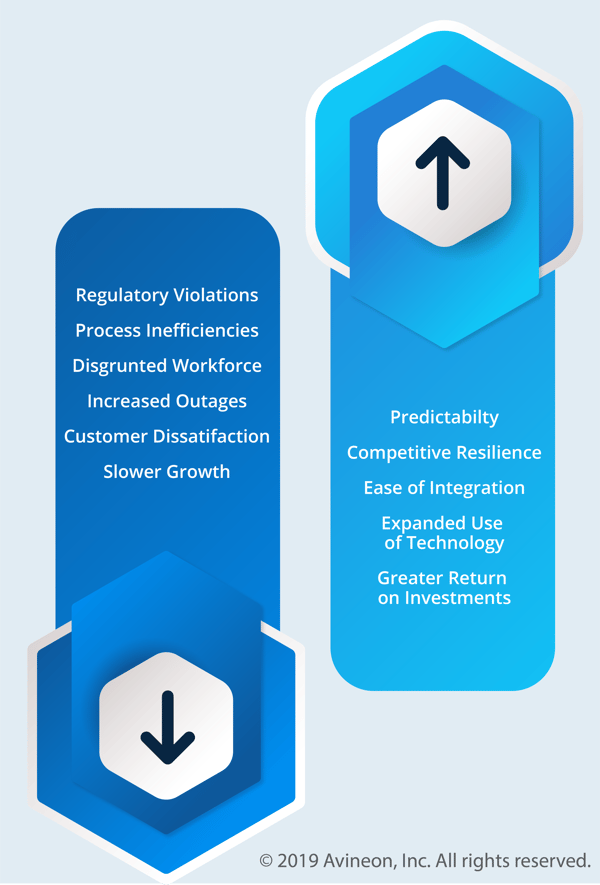
Data Readiness Mindset and Approach
Data readiness is a fundamental ingredient of your enterprise’s digital strategy and requires a holistic approach when examining and optimizing the data lifecycle. It can be achieved through the application of a methodology and tools that considers the complete system lifecycle. At Avineon, we subscribe to a methodology of:

- Avineon’s design approach, supported by our proven tools and processes, enables your team to examine and assess the quality and completeness of current data holdings. It establishes a baseline of the qualitative and quantitative aspects of your data and the augmentation needed to modify the data life cycle towards realizing your digital vision.
- Data readiness design readies your organization to implement the necessary data quality improvements, which may be carried out by internal staff and/or outside data specialists.
- With the correct tools and processes in place, implementation prepares your organization to sustain high-quality data that is authoritative and dependable for improved business and operational results.
In light of this, utility and telecommunication companies preparing for any system upgrade or implementation of technology, such as the ArcGIS Utility Network Management extension, must ask themselves two questions with regard to data readiness:
|
Should we limit our objective to running data integrity checks to confirm data set is ready to load into the newer version of the data/information model? |
|
Can we look beyond data integrity to optimize our target data/information model and data management life cycle to maintain continuous data readiness and deliver greater business value through software upgrades? |
The tendency to assume data integrity checks (option1) are the only basis for readiness without fully considering the data lifecycle (option2) is a grave misstep in this journey.
The Data Readiness Role in Digital Strategy
There are many forces driving the need for better data. They come from many different stakeholders, users, and systems involved in the data life cycle. Identifying these drivers and opportunities should be a methodical process that results in a comprehensive spatial data strategy for your organization. This diligence may be the most important consideration in your journey to modernize data assets and maximize the value derived from your GIS.

Data readiness strategies should focus on delivering enhanced value through an improved understanding of:
- What software applications will the data be used with and what are their minimum requirements? Potential applications may include:
|
- Will the data be used with Esri’s geometric network models, Utility Network models, or other industry models and software?
- Are there regulatory and reporting requirements that the data must support?
- Are there local and/or national standards that the data should follow?
- Does the data need to address industry-specific needs such as:
|
Data Readiness Considerations
As these questions are answered, a natural outcome is a developing consensus on the benefits and ramifications of raising the quality of spatial data. This consensus becomes the foundation for establishing your data readiness initiatives. Potential benefits and ramifications include:
- Better decision making for short and long term improvements to the systems.
- Reducing data errors and duplicity, reconciling disparate data sources.
- Generating new and better products and capabilities with the data and systems.
- Enhancing access to authoritative data and ease of use.
- Promoting the integration of standardized data among business systems.
- Better compliance with required regulatory functions and deliverables.
Spatial Data Strategy
A well-facilitated data strategy that addresses these basic questions leads your organization to:
- Craft enhanced data life cycle solutions in a collaborative fashion with all stakeholders.
- Determine what data exists today and what changes are needed for improved operational and business efficiencies.
This strategic alignment guides and enables your data readiness journey towards applying innovative processes and tools during the design, implement, and sustain initiatives. This includes:
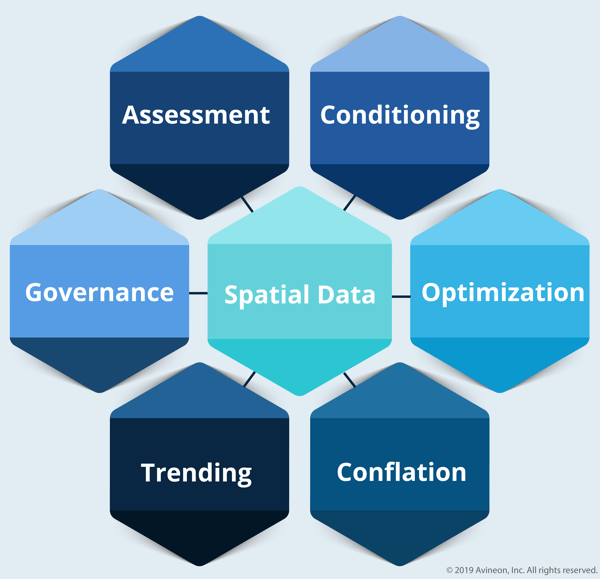
Rule-Based Assessment of Data
A rules-based assessment of your data can reveal quality and integrity issues in many areas such as:
- Attributes (empty/null, domains, subtypes, uniqueness, etc.)
- Legacy fields and use
- Features/Geometry (overlapping, duplicate, outside area, etc.)
- Missing or broken relationships
- Connectivity and topology problems
There are many tools available to assist in this process and to examine the source data for the selected content, quality, and structural characteristics. Some of the more prominent tools that Avineon has worked with and apply given the particular needs of the assessment are:
- X-Ray for ArcCatalog
- Esri’s Data Reviewer extension
- Avineon’s Model Manager (available in the Esri Marketplace)
- Avineon’s Metrics Extension to ArcGIS for Server (available in the Esri Marketplace)
- Safe Software FME
Using such tools, the qualitative and quantitative aspects of data readiness can be shared with stakeholders through user-friendly dashboards. Summarizing results in this manner helps to develop consensus towards an optimal data life cycle for each enterprise asset that maintains data readiness throughout the course of normal daily operations.
Conditioning Strategies to Implement and Sustain Data Readiness
With the results of this in-depth data assessment, Avineon can help you design a strategy and tools to prepare the source data for migrating into the target framework. This is determined by the nature and state of the source data sets and improvements needed to fill in data gaps. We may employ tools and methods such as:
- Digitization from analog sources
- Field collection via mobile applications
- Integration of real-time data feeds
- Georeferencing of digital data for direct integration or for use as background reference
- ArcGIS Pro analytics functionality and tools
- Avineon’s Accelerator’s: Model Manager, Data Loader for Utility Network, Conflation Manager, Metrics Extension to ArcGIS for Server
- ArcGIS Data Reviewer
- Safe Software FME
- Manual data clean up leveraging off-shore resources for reduced costs
We will then follow a methodical process to implement each data source for use in the target data model in a logical and pragmatic fashion. This will result in a documented and high-quality data life cycle that is carefully aligned with your business needs.
An example of this is an ArcGIS Data Review process that Avineon authored and has used in over 30 projects. Performing this process in an iterative fashion has produced highly accurate and complete data ready for integration in an extremely efficient and cost-effective manner.
Data Conflation, Data Trends, and Data Governance Tools
Following implementation, data statistics and trending tools such as Avineon’s Metrics Extension will baseline and monitor data refinement efforts to sustain your investment over time.
Taking a Holistic Approach to Data Readiness
Avineon’s holistic approach to data readiness and wealth of experience, skills, and tools can help your organization successfully navigate the complexities in designing, implementing, and sustaining data readiness. For more information, please contact us directly or through your Esri Account Manager.


